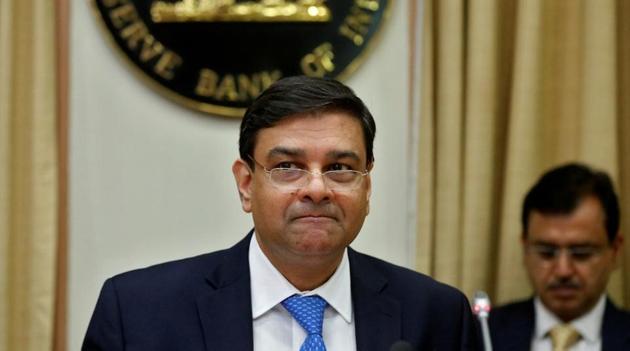RBI note shows worst of NPA and credit growth problem may be over
The share of gross NPAs in total advances of banks, both in the public and private sector, peaked in March 2018, and has since declined — in both the June and September quarter of the current fiscal year. The NPA crisis is more widespread in the public sector banks.
A Reserve Bank of India (RBI) note based on unaudited financial statements of Scheduled Commercial Banks (SCBs) up to September 30, 2018, suggests that the worst of the non-performing assets (NPA) crisis facing India’s banks might be over and that credit growth may also be back.

The share of gross NPAs in total advances of banks, both in the public and private sector, peaked in March 2018, and has since declined — in both the June and September quarter of the current fiscal year. The NPA crisis is more widespread in the public sector banks. The report also says that annualised slippage ratio — percentage of fresh NPAs as percentage of standard NPAs — has also shown a decline in the last two quarters.

To be sure, the share of NPAs in total advances is still much higher than what it was before the RBI forced banks to implement Asset Quality Review (AQR) in December 2015. The AQR is believed to have put an end to the practice of making additional provisions to what were already stressed loans.
The Indian economy has been suffering from a vicious cycle of low demand and supply for capital due to the NPA crisis. Banks were unable to lend because their capital was caught in bad loans. And firms were unwilling to borrow because of an already existing loan burden. The Economic Survey had termed this as the “twin balance sheet” problem a couple of years ago.
The latest numbers on decline in share of NPAs, when read together with capital formation and credit growth statistics, which are already available in the public realm, also point towards a cyclical revival of the investment cycle in the Indian economy. Both these indicators show a revival in the recent period, which suggests that there is a revival in investment demand in the economy.

While these developments are good news on the macro front from a growth perspective, they could also mean a tightening of the inflation scenario. Given the fact that non-food inflation in the economy has been consistently high, it could build the case for a hike in lending rates by RBI in the near future.
Get Current Updates on India News, Lok Sabha Election 2024 Live, Election 2024 along with Latest News and Top Headlines from India and around the world.



